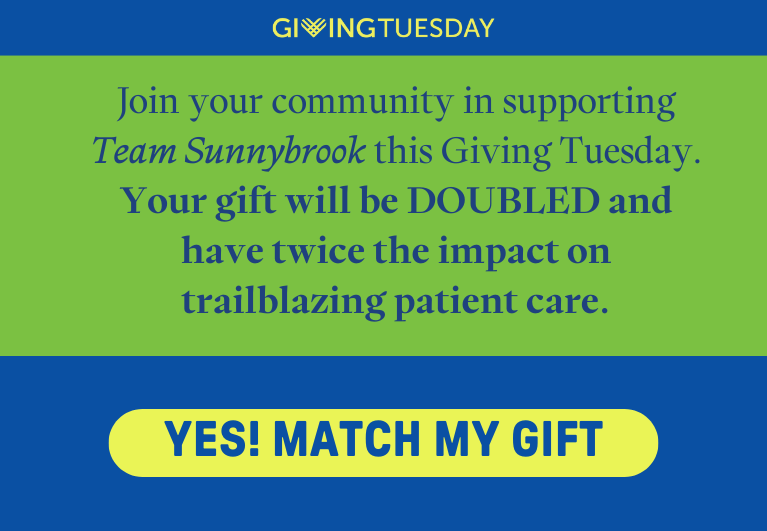Mammogram's benefit outweighs radiation risk
For the average woman exposed to a typical radiation dose in breast mammography during a lifetime of regular screening, odds are about 50 times greater of a life saved through earlier detection through screening, over a life lost due to radiation-induced breast cancer, says a Sunnybrook-led study published online in the journal, Radiology.
This is the first study to compare benefit and risk to women over a lifetime of regular screening for radiation doses typical of modern mammography.
The researchers used an "absolute risk" model rather than the relative risk model used in some previous studies and applied the model to a hypothetical group of 100,000 women exposed over a lifetime series of mammograms with a typical radiation dose each of 3.7 millgrays (mGy) to both breasts, with the standard two-view per breast examination.
Risk models were developed by other researchers who studied groups of women historically exposed to radiation such as Japanese atomic bomb survivors. When applied to other populations such as women receiving mammography, the absolute risk model is considered as being more stable than the relative risk.
Study findings indicate for this group, 497 lives would be saved due to earlier detection, 46.8 times greater than the expected mortality of 11 deaths due to radiation-induced breast cancer. The number of woman-years of lives saved of 10,670 compared to the number of woman-years of lives lost of 136.38, resulting in 78.2 greater benefit than risk.
PDF / View full media release »







